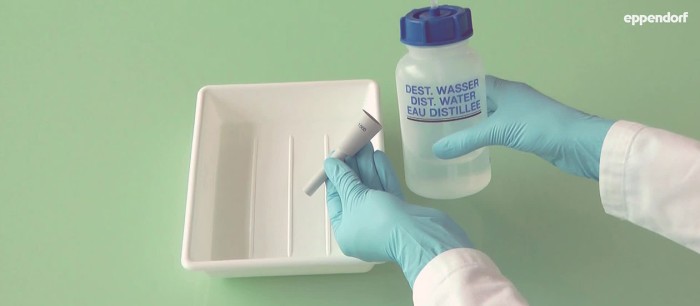-
-
-
- Services pour bioprocédés
- Services pour centrifugeuse et rotors
- Services pour Mastercycler
- Services pour automates de pipetage
- Services pour congélateurs
- Services pour incubateurs
- Services pour agitateurs
- Services pour appareils de photométrie
- Service de contrôle de la température et de l’agitation
- Service pour pipette
-
-
-
-
- Services pour bioprocédés
- Services pour centrifugeuse et rotors
- Services pour Mastercycler
- Services pour automates de pipetage
- Services pour congélateurs
- Services pour incubateurs
- Services pour agitateurs
- Services pour appareils de photométrie
- Service de contrôle de la température et de l’agitation
- Service pour pipette
-
-
- Centrifugeuses de paillasse
- Centrifugeuses au sol
- Centrifugeuses réfrigérées
- Microcentrifugeuses
- Centrifugeuses multi-fonctions
- Centrifugeuses haute vitesse
- Ultracentrifugeuses
- Concentrateur
- Produits IVD
- High-Speed and Ultracentrifuge Consumables
- Tubes de centrifugeuse
- Plaques de centrifugeuse
- Gestion des appareils
- Gestion des échantillons et des informations
-
- Pipetage manuel & distribution
- Pipettes mécaniques
- Pipettes électroniques
- Pipettes multicanaux
- Distributeurs et pipettes à déplacement positif
- Automates de pipetage
- Distributeurs sur flacon
- Auxiliaires de pipetage
- Pointes de pipette
- Consommables d’automatisation
- Accessoires pour pipettes et distributeurs
- Accessoires d’automatisation
- Services pour pipettes et distributeurs
Vous vous apprêtez à quitter ce site.
Veuillez noter que votre panier actuel n’est pas encore enregistré et ne pourra pas être affiché sur le nouveau site ou lors de votre prochaine visite. Si vous souhaitez enregistrer votre panier, veuillez vous connecter sur votre compte.

Cleaning Pipettes Can Protect Your Sample
Lab Academy
- Biotechnologie
- Maintenance et étalonnage
- Pipetage et distribution
- Distributeurs
- Test
No matter whether you use manual or electronic pipettes, both can get contaminated and dirty from all the different liquids and solutions they are exposed to. Common contamination points are the outside of the pipette as well as the inside of the lower part. A pipette should be cleaned regularly to guarantee contamination-free working and sample safety.
The worst contamination scenario is when solutions enter the pipette cone inside the pipette. This can happen when more liquid is aspirated than the tip volume allows. It is also possible that the pipette is placed onto a table or turned upside down with a filled pipette tip causing the liquid to flow into the pipette cone. Another huge problem can be the formation of aerosols. These are tiny liquid drops evaporating naturally from each liquid containing contamination such as virus, DNA, RNA or bacteria. These liquid drops rise into the pipette cone. Inner contaminations of the pipette can lead to cross-contamination of multiple samples ruining entire applications. Pipette tips containing a filter can prevent aerosols from entering the pipette cone. And special blocking filters made of swelling material block the tip when the filter comes in contact with liquids.
Nevertheless, apart from all preventive procedures such as filter tips and careful handling, once the pipette is contaminated it needs to be cleaned. This is perfectly done by a professional service. But many things can be done in your own lab if the pipette fulfills some requirements. Pipettes should be cleaned regularly to make sure that hidden contamination is removed. Therefore, the lower part of pipettes should be removable. This is especially important when using electronic pipettes, as this is no standard yet. The lower part of electronic pipettes should be easily removable and cleanable. A removable lower part enables rinsing on the inside and thorough cleaning of the whole pipette. The pipette should be resistant to common cleaning agents and DNA/RNA cleaning solutions to make sure the pipette can be wiped from the outside and rinsed on the inside. Most contamination can be removed by wiping and rinsing. If sterility is an issue, choose a pipette that can be autoclaved without dismounting to simplify pipette maintenance. When using Eppendorf electronic pipettes, the lower part is removable and autoclavable to inactivate microorganisms that entered the pipette cone.
Proper cleaning of our pipettes can be seen in short pipette cleaning tutorials:
Lire moins
Videos not loading, because cookies have been rejected. Change your

Lire moins
Videos not loading, because cookies have been rejected. Change your

Lire moins
Related links
Lire moins
